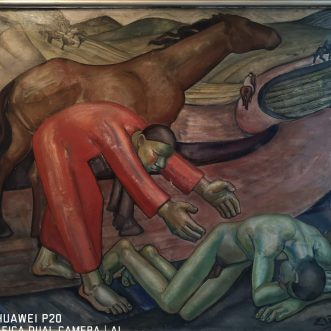
Better tools
One of my favourite Seth Godin aphorisms is this one:
“Make things better by making better things.”
Making things better is what humans do. And we mostly do it by creating new, better tools – tools for making and tools for doing; tools for organising and tools for co-ordinating; tools for learning and tools for thinking; tools for connecting and tools for feeling.
For me, great tools extend human capabilities without undermining the humanity behind them or the context around them. They make us both more human and more part of the world we live in.
Our very best tool is our ability to re-imagine what ‘better’ means.








